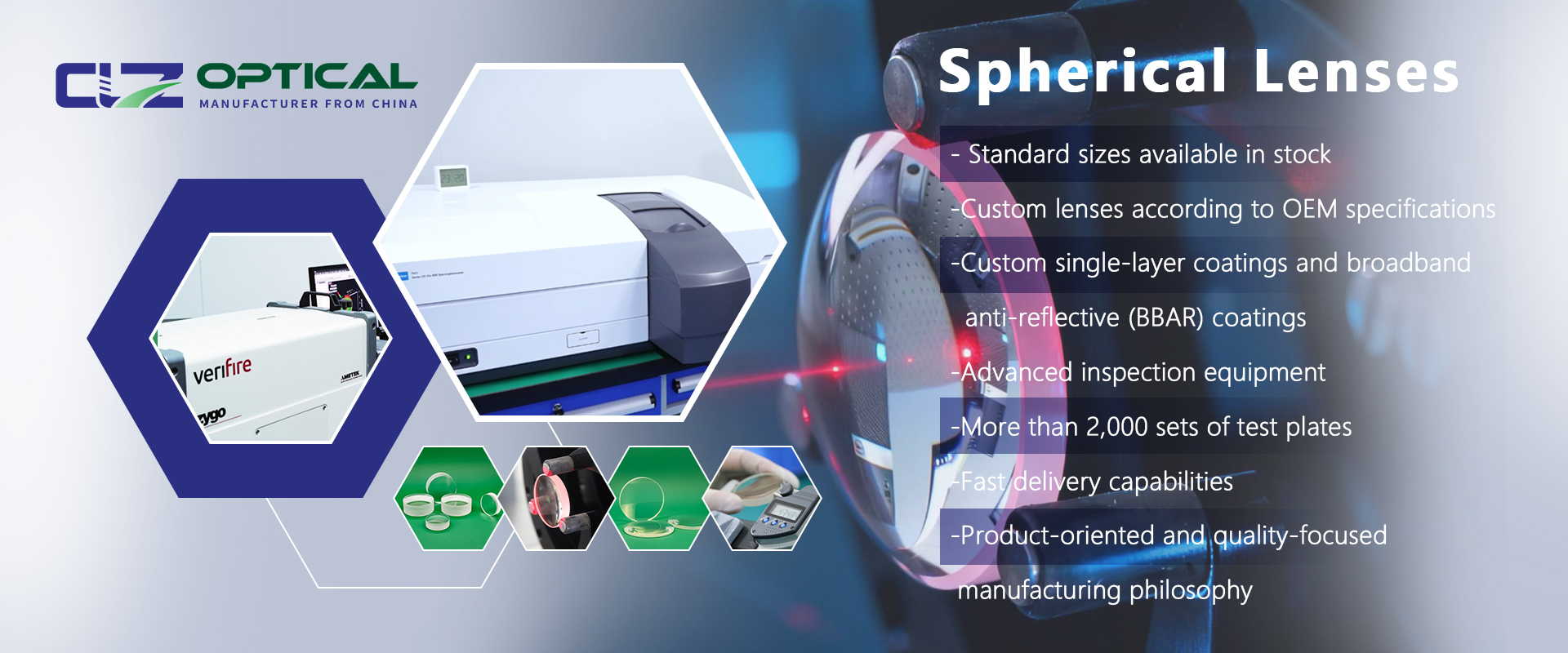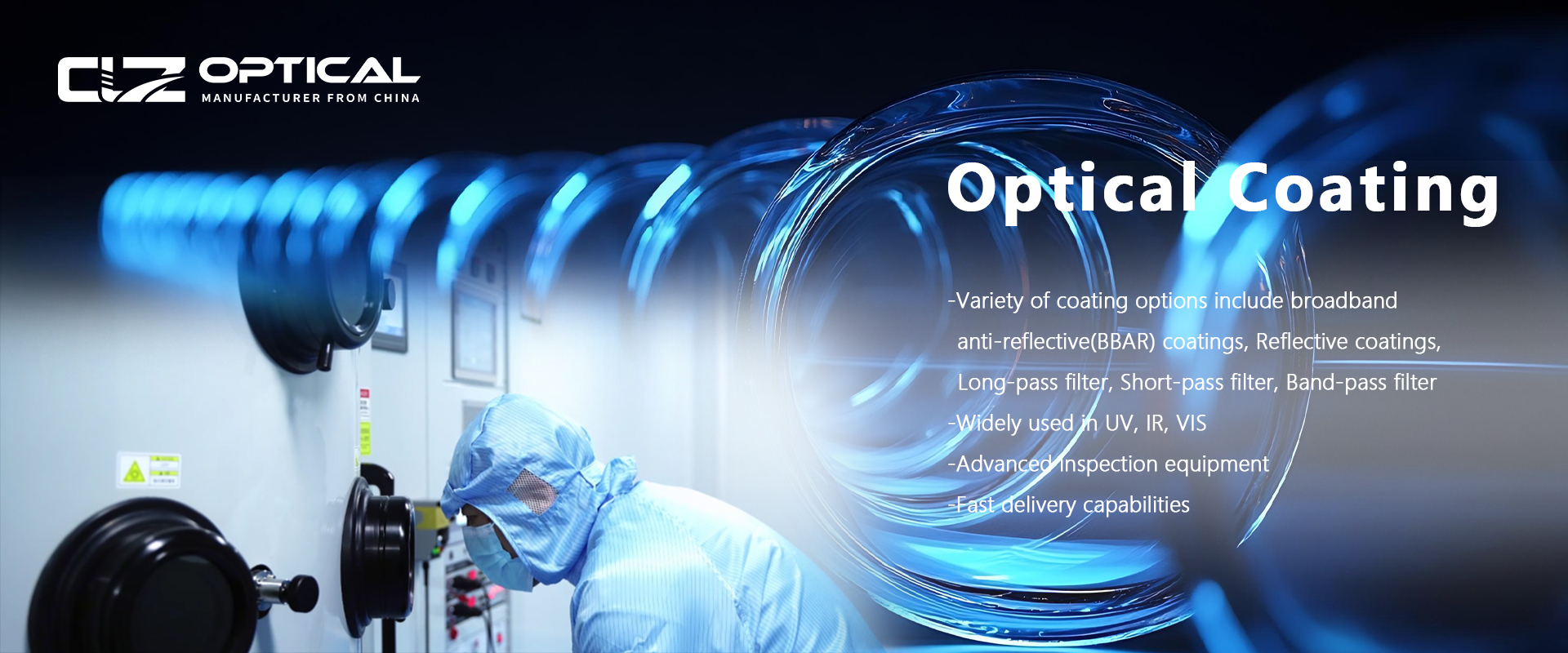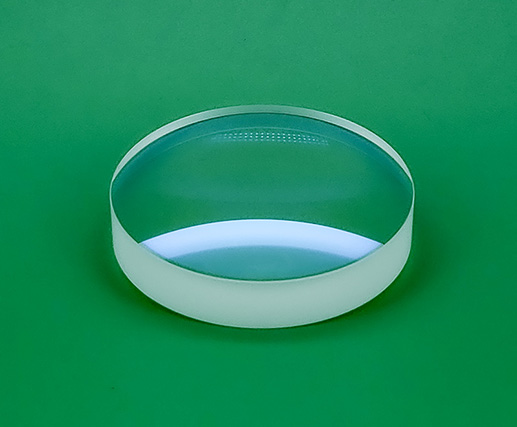Rod Lenses
Rod lenses are specially structured cylindrical lenses with an elongated geometric design that enables efficient beam transformation in a single dimension. These components are made from precision-annealed optical glass or fused silica, featuring composite optical surfaces formed by flat ends and curved cylindrical sides. They exhibit broad-spectrum transmission characteristics from ultraviolet to infrared. The inherent high hardness and environmental resistance of the materials ensure stable performance under complex working conditions.
In-depth Analysis of Diverse Application Scenarios
Industrial Inspection Systems
In automated chemical inspection equipment, rod mirrors are integrated into machine vision lighting modules to generate linear optical bands with a width of millimeters for metal surface scratch detection. The semiconductor wafer detection link, which works in conjunction with the wire array scanning camera, and combines laser focusing technology to achieve precise positioning of defects on the micron scale. The fiber analyzer for the textile industry generates parallel lighting strips with this component to enhance the recognition of texture characteristics.
Biomedical Instruments
Flow cytometers employ rod lenses to compress laser beams into thin light sheets, improving single-cell fluorescence signal acquisition efficiency. Confocal microscopy systems use them to generate linear excitation light fields, enabling high-speed scanning imaging of tissue sections. Portable blood analyzers optimize detection window illumination through these components, enhancing sensitivity for weak biomarker identification.
Printing and Display Technologies
In the registration detection units of high-speed inkjet printers, rod lenses provide uniform linear illumination for high-resolution cameras, enabling real-time monitoring of printing pattern deviations. Laser engraving devices use these components to modulate spot morphology, adapting to dynamic marking requirements on curved packaging materials. New flexible screen inspection lines incorporate rod lenses in lighting systems to capture micron-level pixel defects.
Food Safety and Material Analysis
Near-infrared composition analyzers generate linear scanning spots through rod lenses, improving grain moisture content detection efficiency. Laser-induced breakdown spectroscopy (LIBS) devices utilize these components to focus pulse energy, enhancing precision in metal material elemental analysis. In X-ray fluorescence analyzers, the sample excitation area benefits from optimized spatial distribution of the beam via rod lenses.
Emerging Technology Fields
In 3D sensing systems, rod lenses generate high-precision fringe patterns for structured light projection modules, improving depth reconstruction accuracy in facial recognition devices. Digital holography setups modulate reference wavefronts with these components to enhance phase imaging resolution. Quantum communication experimental platforms use them to shape single-photon optical paths, optimizing entangled photon pair collection efficiency.
CLZ Optical Co., Ltd.polishes the outer surfaces of rod lenses and grinds their ends. Their optical performance is similar to cylindrical lenses: light passing through the sides is focused into a line. We offer custom-sized rod lenses with substrates of N-BK7, H-K9L, and UV-grade fused silica.





















